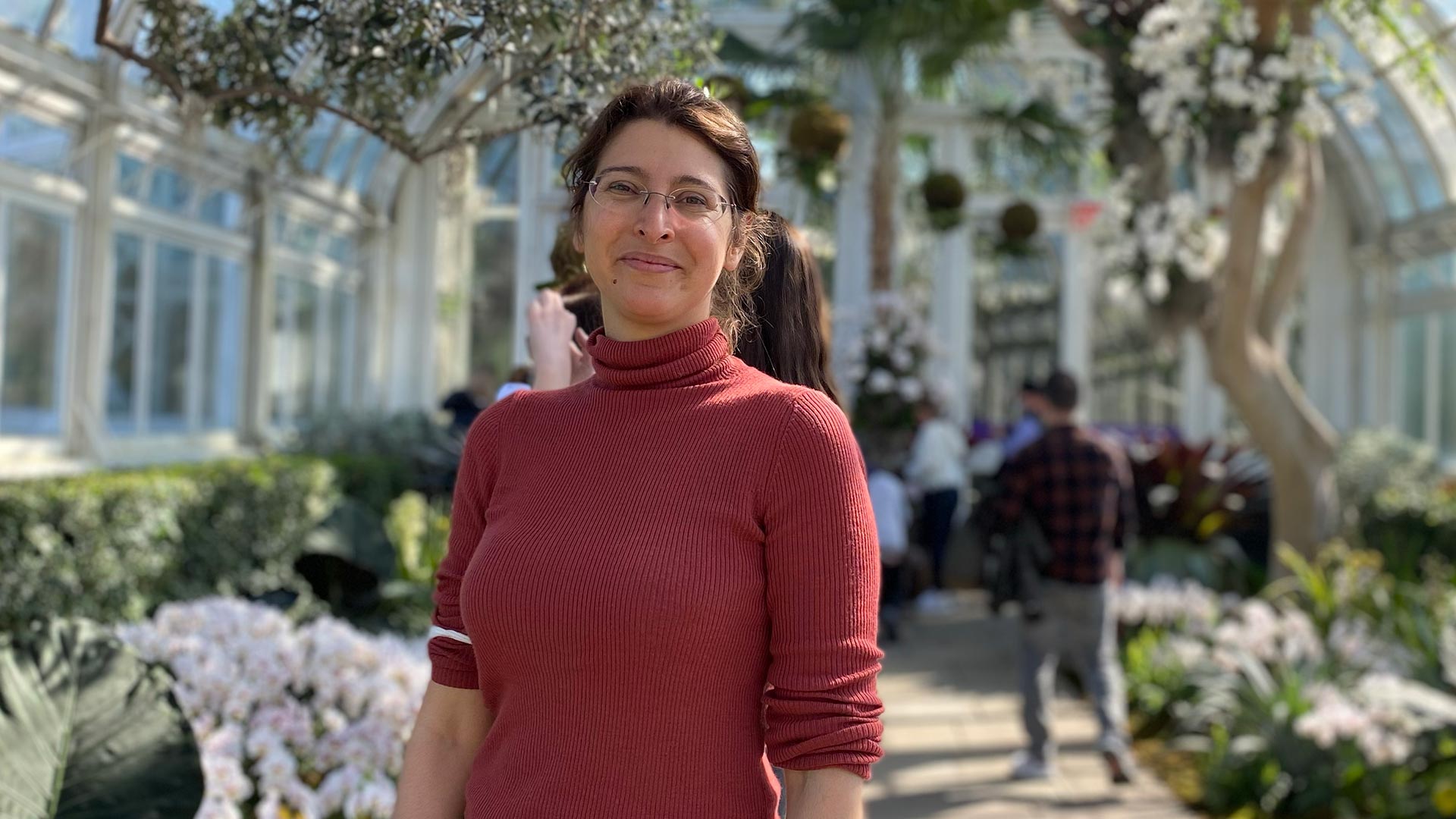What causes autism? According to the latest estimates, anywhere from 40 to 80 percent of cases may be linked to genetic risk factors. That still leaves 20 to 60 percent. Studies suggest that viral infection in pregnant women may play a role. However, many questions remain. How does this work? When is the risk greatest? Perhaps most tantalizing, why do some fetuses appear more vulnerable than others?
Today, answers are beginning to emerge. With the help of partners like the Simons Foundation, Cold Spring Harbor Laboratory (CSHL) has played a leading role in identifying autism’s genetic roots. Now, CSHL scientists are helping to explain how inflammation during pregnancy may lead to neurodevelopmental disorders in children.
Irene Sanchez Martin is a postdoc in CSHL Assistant Professor Lucas Cheadle’s lab. She recently presented her research on maternal immune activation at a Society for Neuroscience press conference in Chicago. She points to recent experiments in the Cheadle lab in which a mouse embryo may begin to show early signs of developmental deficits soon after its pregnant mother is exposed to a virus.
“The model we use is very well established for autism spectrum disorder,” Sanchez Martin explains. “The difference in my work is that I check what happened to the fetuses 24 hours after exposure to maternal inflammation, rather than analyzing the behaviors of the offspring as adults.” This is the first time scientists have been able to look at the effects of prenatal inflammation on an embryo in an autism model. Such research may one day enable physicians to identify early warning signs before a child is even born.
Before they can get there, Sanchez Martin will need to complete her research. She’s just two years into her postdoctoral studies at CSHL. However, her work is already producing exciting results. For example, in the experiments she discussed, while all female embryos appear to be protected from developmental deficits, as many as one-third of the males are strongly affected.
This finding tracks with the long-held understanding that autism is more common in boys than girls. Is the connection correlative or causal? There’s yet another question that will need answering. What’s important is that each opens up new avenues of research. And that means new opportunities to help improve the lives of expecting mothers as well as children with autism and their families.
Written by: Samuel Diamond, Senior Communications Strategist | [email protected] | 516-367-5055
